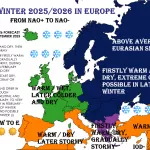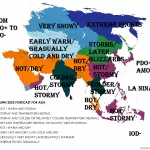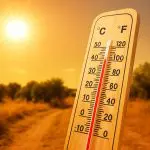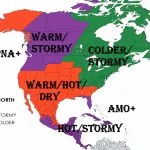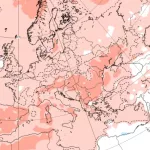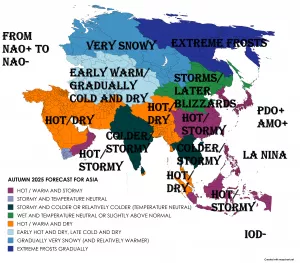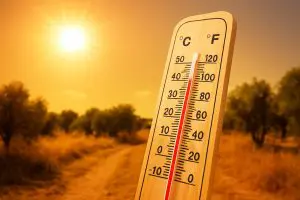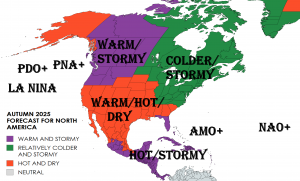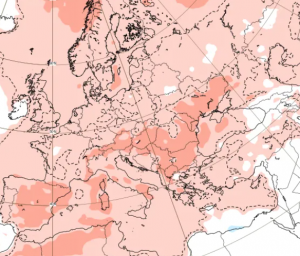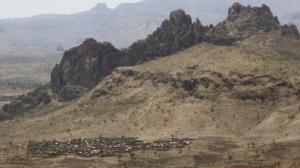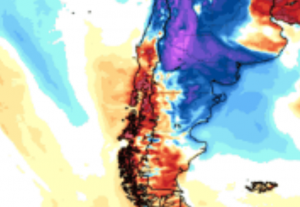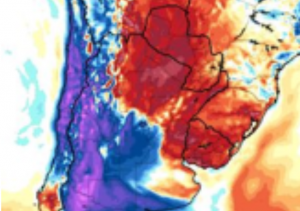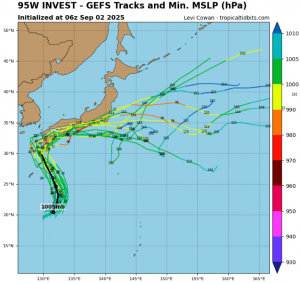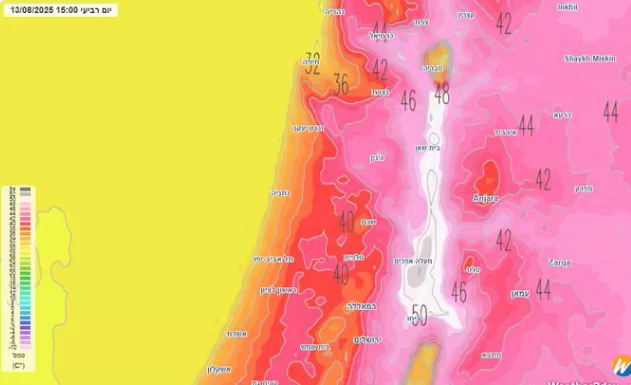
Israel has shattered its previous temperature records as the Jordan Valley recorded a staggering +51.0°C, marking the hottest day ever in the nation’s modern meteorological history. The relentless heatwave, fueled by a combination of subtropical high pressure and hot air advection from the Arabian Desert, has pushed temperatures across the country well above seasonal norms.
Meteorological Overview
The extreme heat was driven by a persistent high-pressure ridge over the eastern Mediterranean, creating clear skies, strong solar radiation, and sinking air that suppressed cloud formation. Meanwhile, southerly winds funneled extremely hot, dry air from the deserts of Jordan and Saudi Arabia into Israel, particularly affecting the low-lying Jordan Valley and surrounding Dead Sea region.
Observations from multiple weather stations indicate that temperatures elsewhere in Israel also reached unprecedented levels:
- Tel Aviv: +44.2°C
- Be’er Sheva: +46.5°C
- Eilat: +50.2°C
The combination of low humidity and high temperatures intensified the impact of solar radiation, resulting in dangerous heat index values exceeding 55–56°C in some areas.
Impacts on Society and Environment
The extreme heat has triggered numerous public health warnings, with authorities advising citizens to stay indoors, hydrate constantly, and avoid strenuous activities. Hospitals reported a surge in heat-related illnesses, including heat exhaustion and heatstroke, particularly among the elderly and outdoor workers.
Infrastructure has also been affected. Roads and railways experienced thermal stress, with asphalt softening and some rail lines temporarily restricted. Power grids were pushed to capacity as air conditioning use soared. Agricultural sectors faced critical challenges, especially date palms and other heat-sensitive crops in the Jordan Valley.
Regional Significance
This record temperature is not only a national record for Israel but also highlights the growing intensity of heatwaves in the Middle East. Climate models have indicated that extreme temperature events are becoming more frequent due to global warming, desertification, and regional atmospheric changes.
Meteorologists warn that such extremes may continue to challenge emergency response systems and public infrastructure. The +51.0°C day serves as a stark reminder of climate vulnerability, particularly in low-lying desert regions like the Jordan Valley.
Outlook
While temperatures are expected to gradually decrease over the next few days, heatwave conditions will persist across the eastern Mediterranean. Authorities urge continued vigilance, especially during daytime hours when solar radiation peaks.
Israel’s new record sets a benchmark for future climatological studies and underscores the urgent need for adaptation strategies in urban planning, agriculture, and public health.

Illustration map. Source: Alex Sternberg Reznik X

